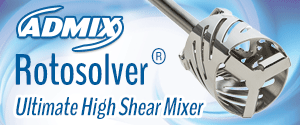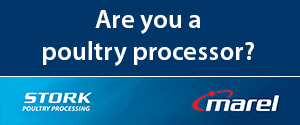David Muncaster: Web offset lithography for flexible Packaging – really?

Yes, really. The typical response of people who are not using web offset lithography for flexible packaging is often surprise and sometimes disbelief
Their surprise increases when told that in today’s production environment web offset can actually work out significantly more cost-effective than both gravure and flexography.
It seems to me that there are a number of reasons why web offset is not readily associated with flexible packaging; some are simply the result of misunderstandings about the core technology, while others are based on out-dated perceptions based on yesterday’s market.
The two major challenges in flexible packaging and converting today are the shorter runs and faster turnarounds demanded by brand owners. Previously, such jobs were often loss-leaders, taken on to retain regular, longer-run business. Today, those once-exceptional jobs are becoming the norm, and are beginning to threaten the ongoing viability of some converting businesses.
To understand why web offset can be a solution, it’s helpful to tackle one of the key confusions in the market: the term “short-run”. This is used to mean significantly different things by different segments of print, but its meaning has been skewed disproportionately through widespread association with digital print.
It’s really more useful to think of digital run lengths as “micro runs”. At present, the number of these micro runs and the total percentage of digitally printed flexible packaging is very small. Even the double-digit growth forecast for digitally printed flexible packaging over the next decade won’t materially change the balance.
Losing micro runs to digital is not what’s putting pressure on flexo and gravure printers. It’s the runs that are too long for digital, but too short for profitability – and their increasing popularity – that are causing the real problem.
Today’s web offset presses offer capabilities that can turn marginal short-run jobs into sustainable, profitable ones. With high productivity and fast, low-cost plate production and makereadies, web offset is far more capable than flexo to address short leadtimes and run lengths.
Print quality reinforces the case with greater colour control and a standardised process, as does the ability to handle a wide variety of substrates, including those as fine as nine microns at high speeds.
Add in variable sleeve technology and numerous options for integrating flexo, gravure and even digital stations – such as with the Goss Sunday Vpak – and the result is a ‘hybrid’ solution combining all the economical and quality advantages of web offset without any compromise on processes like coating, which flexo and gravure are inherently good at.
The traditional flexible packaging sector is under great pressure; there is no doubt about that. Accurately identifying and addressing the causes of this pressure is what will differentiate those who preserve their margins. It’s is an exciting market with a bright future for those able to embrace the challenge.
David Muncaster is director of business development for packaging at Goss International

































